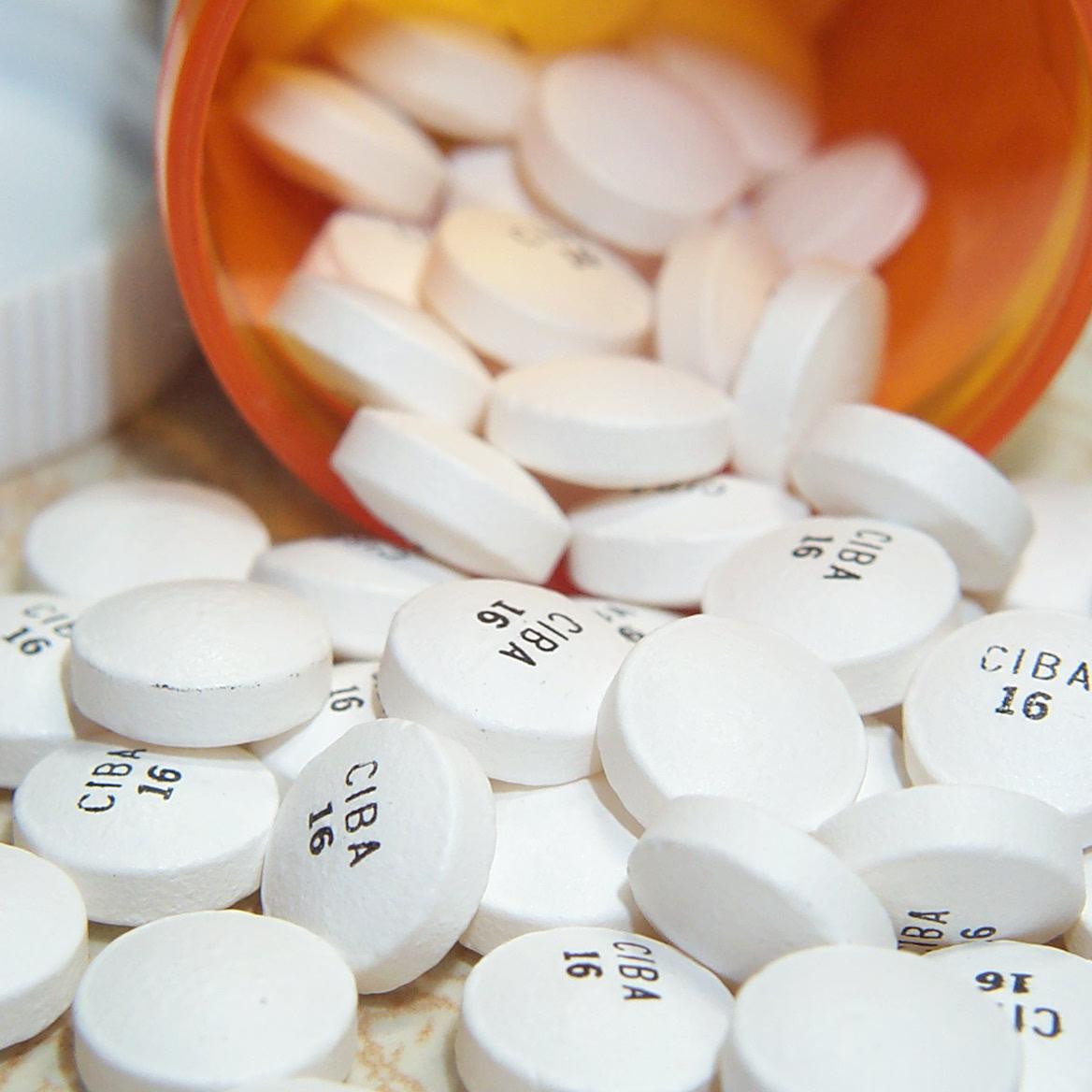A few weeks ago, I fell victim to daylight robbery, the likes of which not even Ryan Lochte could properly articulate. While on a routine pickup with my sister for her Albuterol and inhaler prescription, I was shocked to hear her tell me that the $27 prescription we picked up (with insurance) used to only cost $9 when she was in college a decade ago.
If anything, my experience, as I am sure has been repeatedly felt at other pharmacies across the country, is a sure indication that it is beyond time to stem the tide of rising prescription drug prices in our country. Within the last two years alone, according to the Journal of the American Medical Association, net consumer spending on prescription drugs in the United States has increased about 20 percent. Indeed, within that time period, no other commodity has even come close to matching the price increases that have been the trademarks of current prescription drugs. Considering how drug prices are predicted to rise 7.3 percent per year until 2018, imagine if those price increases applied to our current oil prices; a typical $40 fill up could suddenly burgeon into $46 within two years.
These unprecedented rises in prescription drug prices, both brand name and generic, have increasingly targeted more and more vulnerable populations. Last year, Martin Shkreli, the controversial CEO of Turing Pharmaceuticals, increased the cost of Daraprim, a drug used by cancer and AIDS patients from $13.50 to $750, and even more recently, as my colleague Sam Wallace detailed in a previous Diamondback column, the price for EpiPens used for allergic reactions has also skyrocketed from $100 per a standard pack of two in 2007, to about $600 per pack today.
Interestingly enough, Americans pay almost twice as much for prescription drugs when compared to citizens from other nations, and most of this may be explained by how drug manufacturers exploit federal protections against competition. By taking advantage of American market exclusivity provisions and certain physician prescription practices, drug manufacturers have been able to get away with charging exorbitant prices under the deceptive cover of free market capitalism. These increased prices, coupled with increased consumer spending, have an adverse impact on healthcare, as patients are forced to pay more for the services they need to survive.
Developing a revamped drug approval system that could increase the availability of generic drugs, without compromising drug safety, would enhance competition and provide more of an incentive for companies to develop lower price medications. Further educational improvements, with physicians learning more about value-based prescribing could further help in lowering the prices of prescription drugs.
Ultimately, our country’s fate depends on the survival of our Medicare, Medicaid and healthcare programs. Revamping current prescription drug exclusivity provisions and physician practices could go a long way toward making affordable care more accessible for all. Perhaps it was the rapper O.T. Genasis, who described prescription drug prices best in his “Cut It” song, “Your price is way too high, you need to cut it”.
Max An is a senior physiology and neurobiology major. He can be reached at maxandbk@gmail.com.



